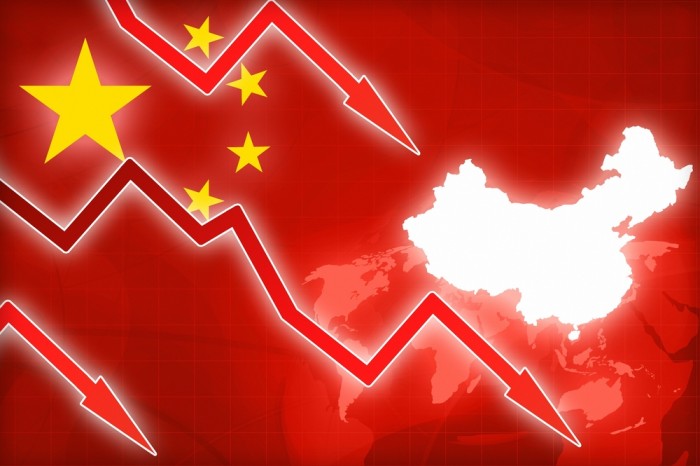
Predicting economic growth in a global economy is a game best reserved for only the most experienced of analysts. Given that China just released its second economic growth target in its modern history, few can accuse the People’s Republic of firing from the hip.
The Wall Street Journal obtained a copy of State Council Premier Li Keqiang’s “Report on the Work of the Government,” which the statesman delivered at the annual meeting of the National People’s Congress on Saturday (March 5). After a brief overview of the country’s economic performance in 2015, Li announced that China’s ruling party had attached itself to a growth of GDP in 2016 between 6.5 and 7 percent.
“China will face more and tougher problems and challenges in its development this year, so we must be fully prepared to fight a difficult battle,” Li said in the report.
The new growth mark represents a less optimistic take on the economy’s potential to rebound after a difficult end to 2015. Last year’s figure sat at 7 percent, though the actual tally came in just under at 6.9 percent — enough to break the record for slowest growth in a quarter of a century (though still the largest figure among developed nations).
Despite the more conservative estimate, Xu Shaoshi, head of China’s National Development and Reform Commission, told reporters that reports of the Chinese economy’s imminent demise have been, and are currently being, greatly exaggerated.
“China will absolutely not experience a hard landing,” Xu said, quoted by Reuters. “These predictions of a hard landing are destined to come to nothing.”
Xu also noted that 2016’s growth figure reflects a number of elements that are outside of China’s (or anyone’s) control, such as depressed global markets, fluctuating commodities prices and “risks of geopolitics.”
When Xu lays it all out, perhaps 6.5 percent is nothing to sneeze at after all.